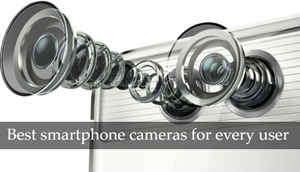
2016 has been somewhat stagnant for smartphones, but smartphone photography has improved significantly. We can have mobile cameras that not only shoot high resolution photographs and videos, but also ace particular aspects of colour accuracy, sharpness, contrast, saturation and image noise. As we inch towards the end of this year, we look back at the smartphones that have brought unique aspects in the quest to evolve smartphone photography. Our list only includes smartphones that we have tested, and found worthy of praise in one or more aspects of mobile photography.
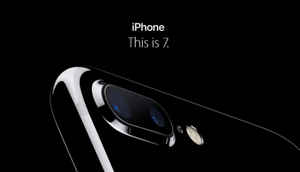
Best of the lot: Apple iPhone 7 Plus
The Portrait Mode, intended for simulating shallow depth of field, is far from perfect. That, though, has not stopped the Apple iPhone 7 Plus from being the best smartphone camera at the moment. Apple's flagship shoots photographs that exhibit best-in-class sharpness and colour accuracy, along with an efficient noise reduction algorithm and mechanically softer backgrounds thanks to the f/1.8, wide angle lens. The telephoto lens offers only 2x optical zoom, but does help in adding to details and producing the most well-balanced photographs from a smartphone...yet.
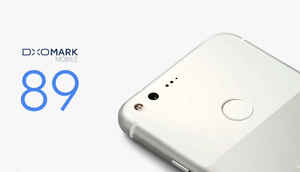
Low light colour accuracy: Google Pixel/Pixel XL
Straying away from its value-for-money Nexus smartphones, Google took more control of its own smartphones and introduced the Pixel and Pixel XL. While the Pixels do boast of an incredibly high DxOMark rating, our tests have revealed to be slightly inconsistent in comparison with the iPhone 7 Plus. Nevertheless, the Pixel smartphones do shoot very good low light photographs, and maintain good colour accuracy. Image stabilisation and noise reduction is marginally inferior to the iPhone, but the Pixel often outperforms it in low light.
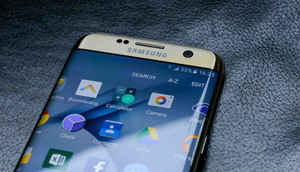
Ultra low light, fast focus: Samsung Galaxy S7 edge
Samsung's dual-edge flagship, the Galaxy S7 edge, spent a long time at the peak of our Top 10 smartphone cameras' lineup. The reason? Samsung's Dual Pixel image sensor that makes use of more pixels on sensor to achieve two crucial factors - more incident photons and faster autofocus. The somewhat oversaturated colours and too high contrast levels give the Pixel and the iPhone 7 Plus the edge (pun intended), but the Galaxy S7 edge remains one of the fastest smartphone cameras even now.
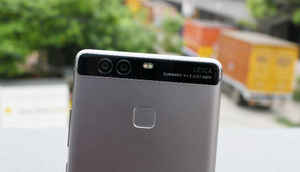
Dual-camera details, and Leica: Huawei P9
The Huawei P9 boasts of Leica-certified SUMMARIT lenses and camera algorithm. It makes use of two Sony IMX286 image sensors to shoot photographs with a great level of detail, certainly ranking it among the best in its class. Also crucial are the presence of optical stabilisation and good lenses, which give scope for long exposure photography.
As a matter of pride and differentiation, you also get the tag of Leica on your smartphone, which isn't something that anyone else can boast of right now.
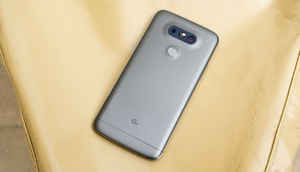
Ultra-wide angle photography: LG G5
The LG G5 may have had a number of issues - the modular design was far from ideal, and the camera itself was somewhat slow, but it had a unique implementation of the dual-camera setup. Of the two cameras, there is an 8MP camera module paired with an ultra-wide angle lens that captures a staggering 135-degree field of view. For reference, that is more than what we see with our (now inferior) human eyes. The level of details produced were reasonably impressive, too, which makes this a pretty innovative and unique application of the dual-camera setup.
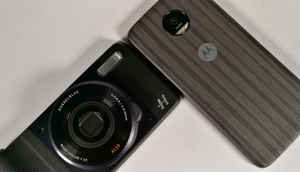
Modularity and a well-balanced camera: Moto Z
The Moto Z, as we have stated in our review as well, is reminiscent of the Motorola we knew as kids. The sheer swagger of the razor-thin smartphone is further amplified by the native camera that itself excels in shooting bright, crisply detailed photographs with accurate colours. However, the star of the show is MotoMods - a concept that already has the legendary Hasselblad on board. The initial True Zoom MotoMod has not been entirely commendable, although the proof of concept has left us wondering if we can soon see larger image sensors paired with smartphone cameras.
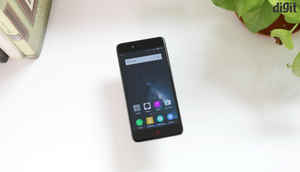
The wonderful budget shooter: Nubia Z11 Mini
This is one smartphone that you may not have really heard or seen a lot of, but the Nubia Z11 Mini uses the same sensor as the OnePlus 3 at less than half its price. The algorithms are also profocient in producing photographs way beyond its price category, with good colour accuracy, natural white balance, good sharpness, and most importantly, majorly impressive low light photography. The Z11 Mini may not eventually be remembered as one of the most popular phones out there, but it is certainly a benchmark when budget smartphone cameras are concerned.
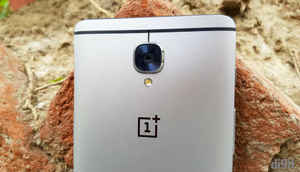
Honourable mentions: OnePlus 3, HTC 10
The OnePlus 3 rarely gets left out of any list, and makes it here, too, with a reliable, consistent camera module. It is arguably not the most innovative around, but many would choose dependability over innovation.
Yet another smartphone camera worth mentioning is the HTC 10, which produces great photographs, particularly in low light. Good colours and proficient noise reduction algorithms add to the essence of this premium, well-heeled smartphone.